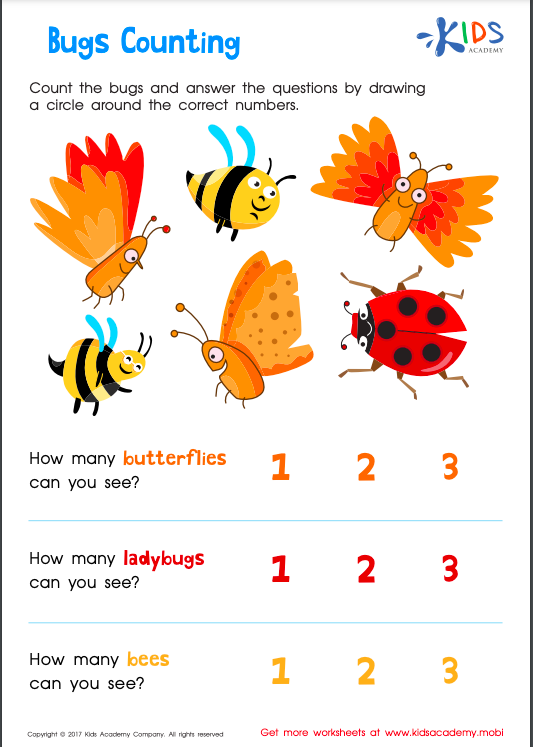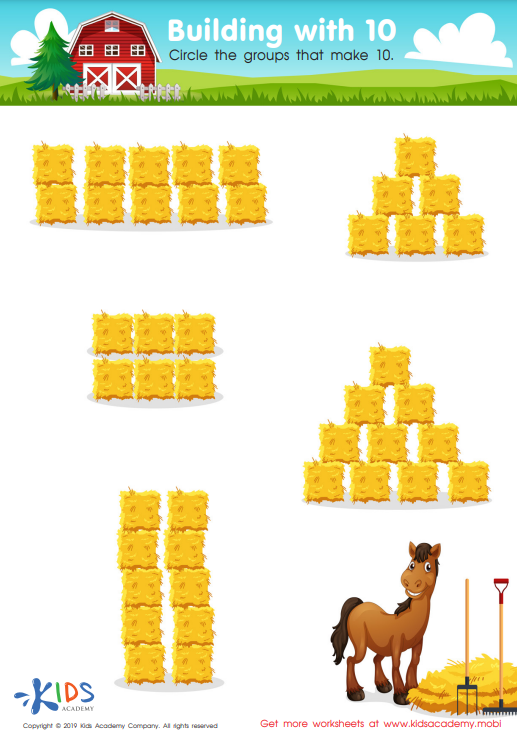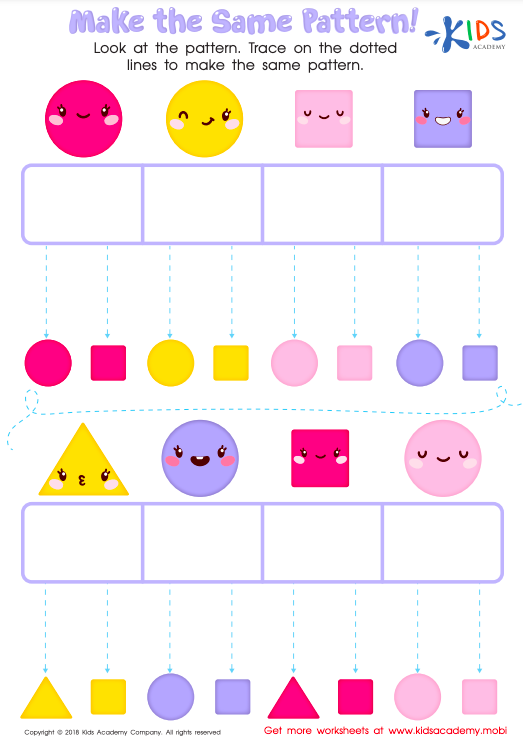-
English
-
English Pre-K
-
Unit 1: Early Literacy Skills
-
ABCs
- Pre-writing Activities
- Letter A
- Letter B
- Letter C
- Letter D
- Letter E
- Letter F
- Letter G
- Letter H
- Letter I
- Letter J
- Letter K
- Letter L
- Letter M
- Letter N
- Letter O
- Letter P
- Letter Q
- Letter R
- Letter S
- Letter T
- Letter U
- Letter V
- Letter W
- Letter X
- Letter Y
- Letter Z
-
Phonological Awareness
- Rhyming Words
- Letter Sounds B, C, D, and F
- Letter Sounds G, H, J, and K
- Letter Sounds L, M, N, and P
- Letter Sounds Q, R, S, and T
- Letter Sounds V, W, X, Y, and Z
- Letter Sounds A, E, and I
- Letter Sounds O and U
- Beginning Sounds
- Matching Letters to Sounds
-
ABCs
-
Unit 2: Vocabulary
-
Common Words
- Sorting Words into Categories
- Color Words
- Verbs and Adjectives
-
Sight Words
- Sight Words 'I' and 'Can'
- Sight Words 'You' and 'Like'
-
Common Words
-
Unit 3: Print Awareness
-
Parts of a Book
- Working with a Book
- Spaces Between Words
- Text and Illustrations
-
Picture Books and Poems
- Picture Book Text Features
- Poem Text Features
- Signs and Labels in the Community
-
Parts of a Book
-
Unit 4: Reading Literature
- Questions About Stories
- Discussing Stories
-
Unit 5: Reading Informational Texts
- Retelling Details in a Text
- Questions About a Text
- Connections Between Events
- Text Features
- Describing Illustrations
-
Unit 1: Early Literacy Skills
-
English Pre-K
-
Math
-
Math for Pre-Kindergarten
-
Logic and Geometry
-
Matching and Sorting
- Same and Different
- Which One Is a Little Different?
- Objects That Go Together
- Sorting by Color and Size
- Sorting The Same Group in Different Ways
- Patterns
-
Shapes
- Shapes in Our Environment
- Naming Shapes Regardless of Size
- Making Shapes in Preschool
- Comparing Shapes
- Relative Positions
- Sorting Shapes
-
Matching and Sorting
-
Early Number Sense
-
Numbers 1–5
- Counting to 3
- Counting to 5
- Arranging Objects up to 3 Objects
- Arranging up to 5 Objects
- Writing Numbers 1–5
-
Numbers 1–5
-
Numbers up to 10
- Counting to 10
- Arranging up to 10 Objects
- Number 0
- Writing Numbers 6–10
- Breaking Down Numbers 6-10
-
Logic and Geometry
-
Math for Pre-Kindergarten
Math for Pre-Kindergarten
Children are born curious. As they grow and develop they are constantly exploring their world and trying to make sense of it all. The goal of early childhood mathematics is to foster that wonder and help children to make connections to the world of math. Through real world experiences, children develop an understanding of numbers, patterns, measurement, and problem solving. When you watch a preschool age child playing you will see them manipulating objects like making towers out of blocks, sorting objects into groups, and much more. It may not seem like much, but these types of activities are building a foundation of mathematical thinking that will carry that child throughout their schooling.
The most important part of preschool mathematics is developing number sense. Number sense is a group of math skills that includes being able to count objects as well as compare quantities. At the preschool level this is taught through hands-on experiences. This can look like using plastic dinosaurs and ten frames in order to count a group of ten, estimating how many blocks are in a bowl and then counting to see how close they are. Another important aspect of number sense is the concept that numbers can be represented in many ways– tally marks, dots, numerals, fingers, etc. As students learn how to count, and then to add and subtract, they are using and building on their number sense skills.
Typically preschool mathematics begins with building number sense, counting. This is a major focus in early mathematical learning and these concepts will be used throughout the year. Children then move on to classifying objects based on size, color, and shape, then exploring simple patterns, followed by geometric shape exploration and simple measurement (often using nonstandard measurement).
Kids Academy has a multitude of videos and activities that will engage your child in mathematical thinking. Take a look!
Developing number sense and counting:
Kids Academy offers many resources for counting. You can find the following activities and more in Unit 2 “Counting to 5” and Unit 3 “Counting to 10”!
Your child will count the different bugs and make the connection between the written number and the quantity of bugs on the page.

This worksheet will help your practice counting and identifying groups of ten as well as practice seeing that ten can be grouped in many different ways!
Geometry and Patterns
Shapes and patterns are all around us! Unit 1 “Geometry” is full of activities where your child will classify, sort, match, and identify shapes. This unit also has activities to support recognizing patterns.
Arrr mateys! This pirate themed video is perfect for practicing identifying shapes.
This activity will encourage your child to match shapes in order to create a pattern. And that activity reinforces both shape identification and patterning!
Preschool is a time of great development and learning in all children. Encouraging your child to see math concepts in the world around them and supplementing that learning with these Kids Academy lessons will lead to deeper understanding of numbers, shapes and patterns.
To read more about mathematical learning check out this catalog.
By: Nora Brown
Elementary School Teacher



